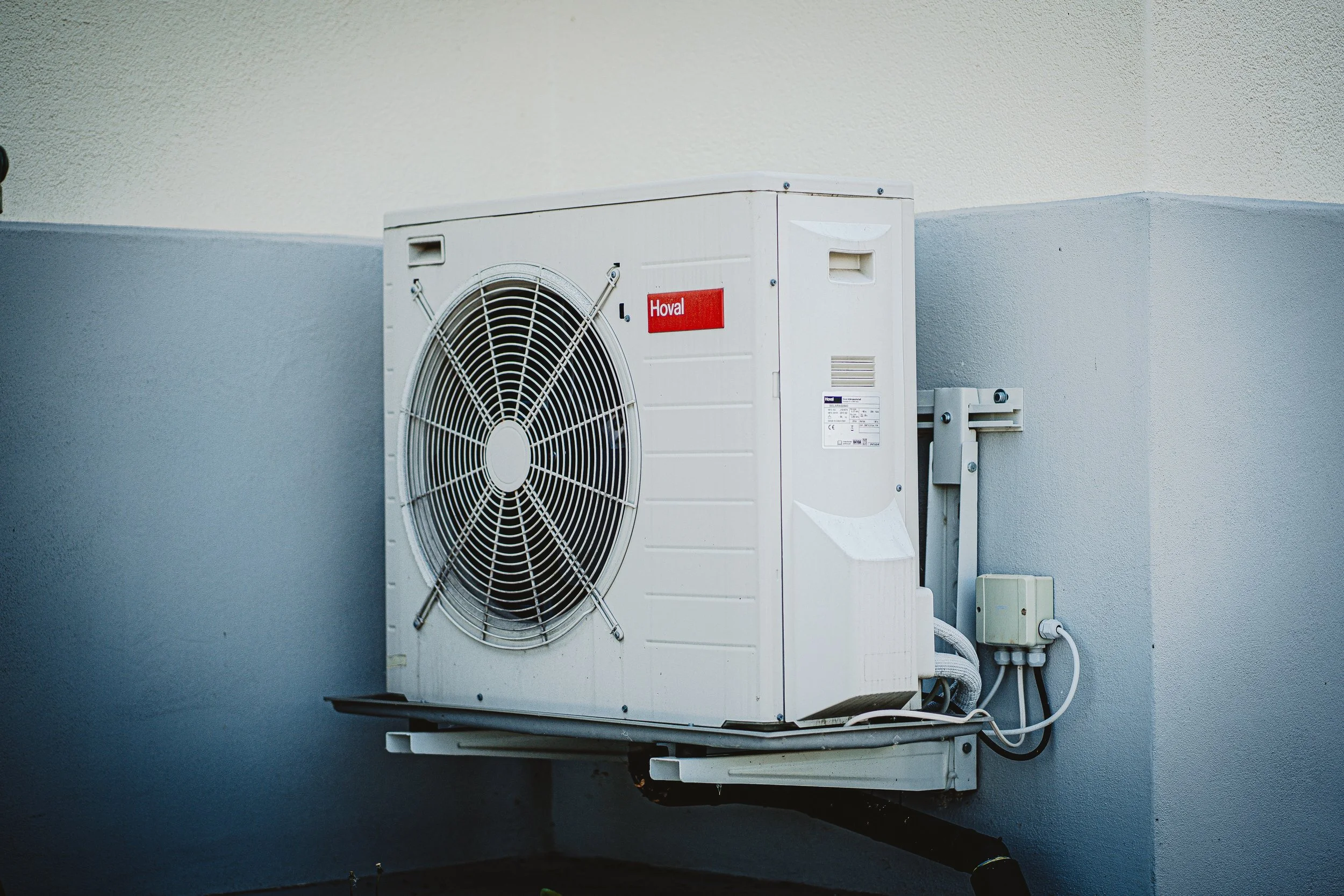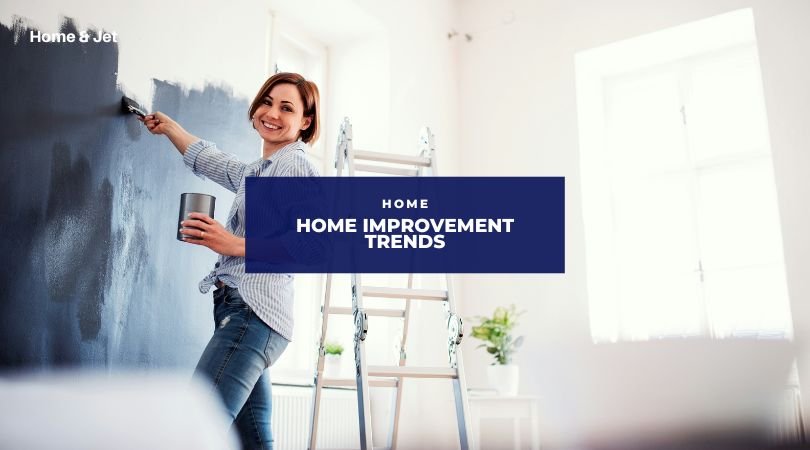11 Common Home Safety Hazards and How to Prevent Them
While no one ever expects a disaster to happen in their house, homeowners must remain informed and prepared to prevent home hazards from occurring.
By being proactive and knowing what to look for, homeowners can help keep themselves and their households safe from potentially dangerous situations. Understanding common home safety hazards allow you to take the steps necessary to reduce your risk of injury or property damage.
This post will outline some of the most common home safety hazards and how to prevent them so that you can be aware and take the proper steps to protect yourself and your household.
1. Unpermitted Work
Unpermitted work includes any modifications or additions made to the home without the proper permits. While these may seem like minor details, unpermitted work can pose a serious home safety hazard and lead to structural damage, fire hazards, and even mold if not done correctly. Therefore, determining if a home for sale contains unpermitted work is an important factor to consider when buying a home.
To remediate unpermitted work, homeowners must get the proper permits from their local municipality. Then, a licensed contractor can complete the job. While it may take some time and effort to fix, it's important to do so as remediation keeps homes safe and up to code.
If you're considering any home improvement project, always check with your local building department to see if a permit is required.
2. Trip Hazards
Falls are a top home accident. There are several ways to help prevent falls in the home, such as removing trip hazards, installing handrails near stairs, and improving lighting inside and outside the home.
Indoors, common tripping hazards include area rugs, electrical cords, and loose floorboards. Outside, cracked sidewalks, potholes, and uneven steps can be dangerous.
To prevent tripping hazards in your home, tuck away loose rugs and cords as soon as you notice them. Additionally, inspect your floors for any loose boards and screws regularly. If you have cracks in your sidewalk or uneven steps, repair them as soon as possible.
Improving lighting can also help reduce the risk of falls. Ensure adequate lighting inside and outside the home, especially in areas with high traffic or prone to trip hazards.
3. Improper Ventilation
Poor ventilation can lead to mold growth, condensation, and indoor air pollution. One way to improve ventilation in your home is to open the windows regularly to circulate fresh air. Placing exhaust fans in areas where moisture buildup is a concern, such as your kitchen and bathroom, is also a solution.
Another way to improve ventilation is to maintain your home's HVAC system. Have your system serviced by a professional at least once a year, which will help ensure that it's operating correctly and efficiently and prevent asbestos.
4. Electrical Hazards
Outdated wiring, overloaded circuits, and improper grounding are common electrical home hazards and can lead to fires, shocks, and electrocution. Prevent electrical dangers by having a certified electrician inspect your home's wiring and make any necessary repairs or updates.
Additionally, do not overload circuits by plugging in too many devices simultaneously. Practice extension cord safety by not running cords under rugs or furniture and by using outlets that have child safety covers. Avoid using damaged cables or plugs, and unplug devices that give off sparks or produce a burning smell.
Homeowners should also ensure their home is properly grounded. Grounding protects electrical circuits from damage by providing an alternate path for electricity to travel in the event of a power surge. A certified electrician can ensure that your home's electrical system is operating correctly.
Continue to have your home's electrical system inspected by a professional every few years. Doing so will help ensure that everything remains up to code and functional.
5. Fire Hazards
Fire hazards, such as open flames, flammable liquids, and faulty electrical wiring can be present in the home. To help prevent household fires, never leave open flames unattended and keep flammable liquids stored in proper containers.
Install smoke detectors on every level of your home and outside all sleeping areas. Test them monthly and replace the batteries at least once a year.
6. Carbon Monoxide
Carbon monoxide is a colorless, odorless gas that is dangerous if inhaled. Common sources of carbon monoxide in the home include fuel-burning appliances, such as furnaces, water heaters, and generators.
To help prevent carbon monoxide poisoning in homes, have all fuel-burning appliances serviced by a professional every year. Additionally, install carbon monoxide detectors on every level of your home and outside all sleeping areas. Test the detectors monthly and replace the batteries at least twice a year.
7. Water Hazards
If you have a pool or hot tub, it's essential to take proper safety precautions to prevent drownings and injuries. Install a fence with a gate around your pool or hot tub that is at least four feet high.
You should keep chemicals, such as chlorine, out of reach of children and pets and never leave children unattended in or around the pool or hot tub. Have a phone nearby in case of an emergency.
8. Cooking
The kitchen is the busiest place in the home, and cooking is one of the leading causes of home fires and injuries. To help prevent cooking fires, consider the following tips:
Never leave food unattended
Keep flammable materials away from the stove, such as towels and pot holders
Place a fire extinguisher in your kitchen and know how to use it properly
Additionally, sharp objects like knives can also pose a hazard in the kitchen. Keep them stored correctly and out of reach of children.
9. Clutter
Clutter around the home can be a trip hazard and provide hiding places for pests. To help prevent trips and falls, keep walkways clear of clutter. Store items in proper containers and label them accordingly. Additionally, seal up any cracks or holes that might allow pests into your home.
10. Safety Recalls
Products in the home can pose a safety hazard if the manufacturer recalls them. Check the CPSC website regularly for recall information to stay up-to-date on product recalls.
11. Cleaning Chemicals
Cleaning chemicals can be dangerous if misused. To help prevent accidents, always read and follow the manufacturer's instructions when using cleaning products. Store all chemicals out of reach of children and pets.
It's also important to ventilate the area when using strong cleaning chemicals. Open windows and doors to circulate fresh air. Wear gloves and a mask when using strong chemicals.
Improve Your Home's Safety Today
Home safety hazards can be dangerous and costly. While some dangers, like carbon monoxide poisoning, may seem relatively rare, it's always best to remain prepared. By knowing about the most common home safety hazards, you can take steps to prevent them in your own home.
Many of these hazards are caused by negligence or a lack of knowledge, so it's vital to be aware of what they are and take action to prevent them. Remember: prevention is key to keeping your household safe.
Other posts we think you might like…



















